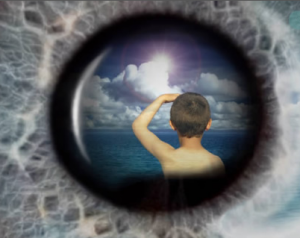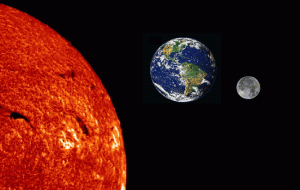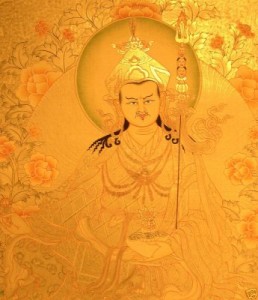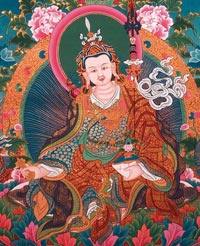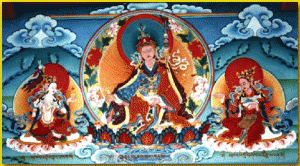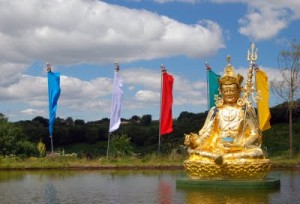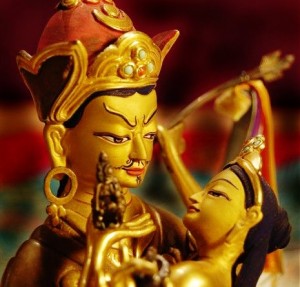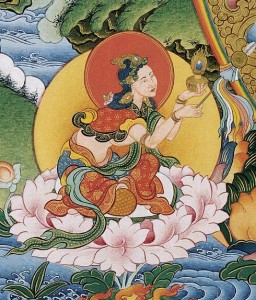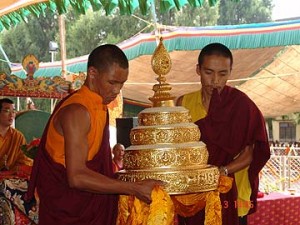An excerpt from the Mindfulness workshop given by Jetsunma Ahkon Lhamo in 1999
We have to find a way to live in a constant state of recognition. The greatest power that any of us can have is that practice of recognition. To give rise to the bodhicitta in our ordinary lives, to give rise to an awakening state in our ordinary lives, to give rise to compassion, which is the very display of the Buddha’s miraculous intention in our lives, this is the way that we change our lives meaningfully. It won’t change our lives permanently because even our lives aren’t permanent. But this the way we deeply and meaningfully change our lives, through applying the antidote.
Running around like a chicken without a head trying to make everything work makes you a chicken without a head. It does not make you successful. It will not help. I don’t know how better to put this to you, but consciousness creates form. There is no getting around that. There is no other way. It is through the mindfulness of our practice, it is through spiritual discrimination that we can make an actual change in the flavor, the condition and the results of our lives, and that’s really the only way. Anything else that we do is like putting a bandaid on an ulcer. It’s just festering underneath there, and pretty soon it’s just going to open under the bandaid. Do you see what I’m saying? The disease is still there, and I’m using a disgusting analogy because it should be disgusting.
But when you practice the antidote, you’re talking about healing something from the inside out, from the root cause, which is your mindstream, your consciousness. It’s so real, and we’ve never had the opportunity to see how real it is: how this spiritual mindfulness, this lifting up of what is sacred, this practicing of bodhicitta in every aspect of our lives, this looking for the Guru’s face in all things — we have not had the opportunity to see what a tremendous life changer this is, what a tremendous empowerment, what a tremendous power to live it gives us. And so we’re asleep, sleeping peacefully, thinking all we have to do is do the things, the busywork, that keeps us afloat, and we don’t know why life happens to us the way that it does.
Your life is not happening to you. You are caught in a feedback loop, if you will. Let me use some electronics: caught in a feedback loop, a bubble, a reflection. You look outward, and you see your own mind moving back and forth. That’s kind of a feedback loop, a constant, circular kind of motion, and the qualities of your mind display themselves in the world, and they have the same taste as the quality of your mindstream. The external conditions that you have and the quality of your mindstream: same taste.
© Jetsunma Ahkön Lhamo
